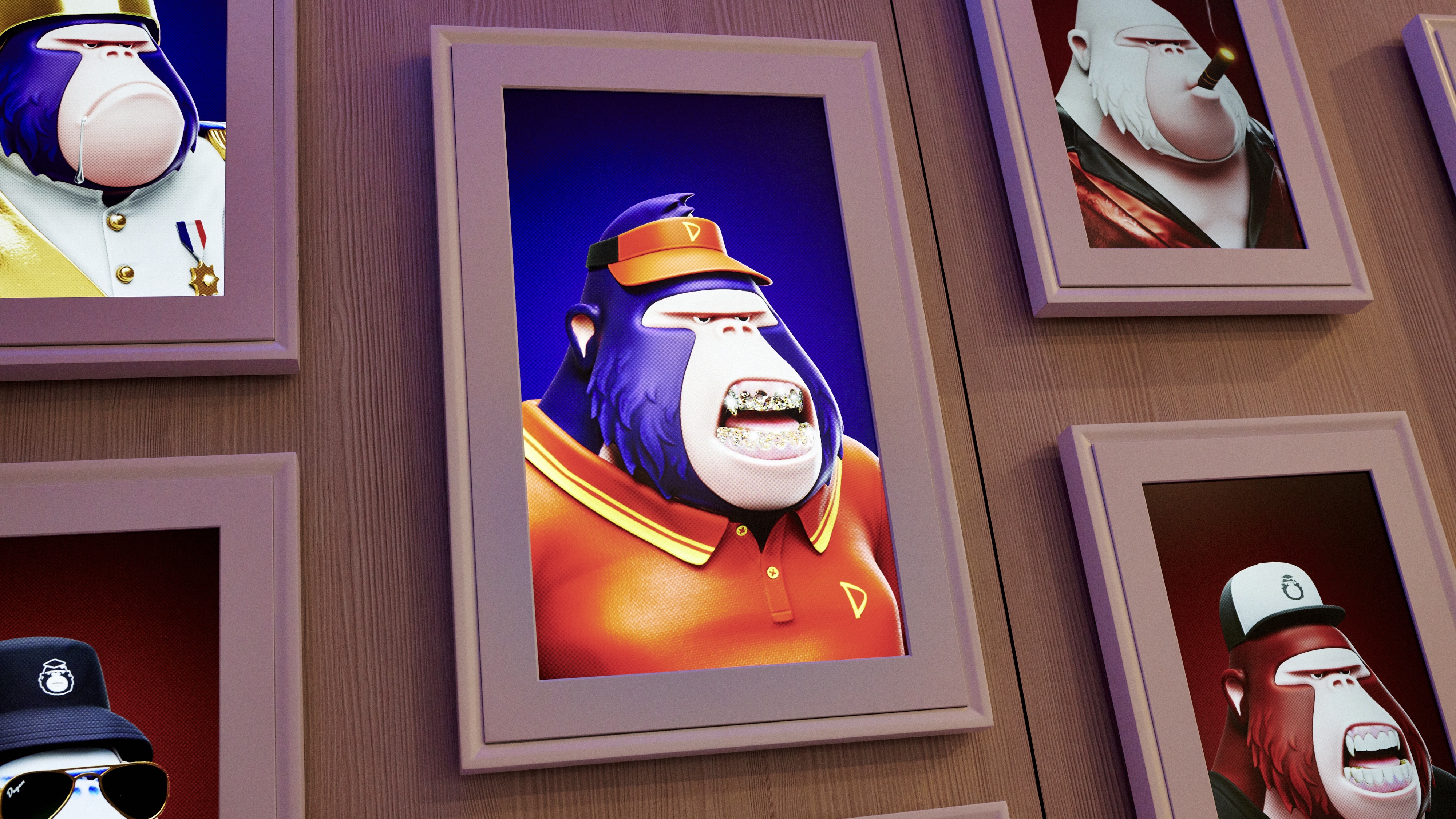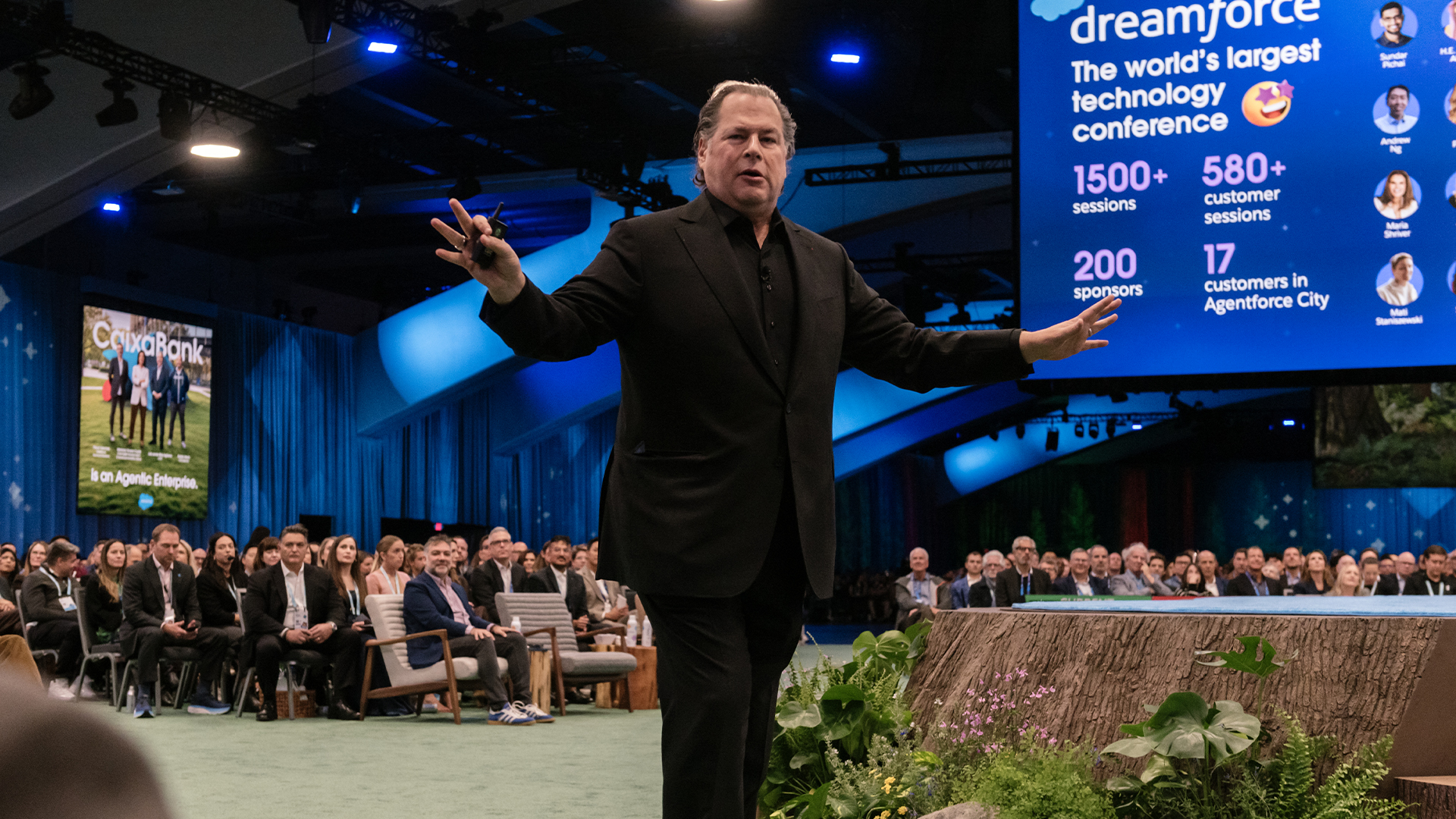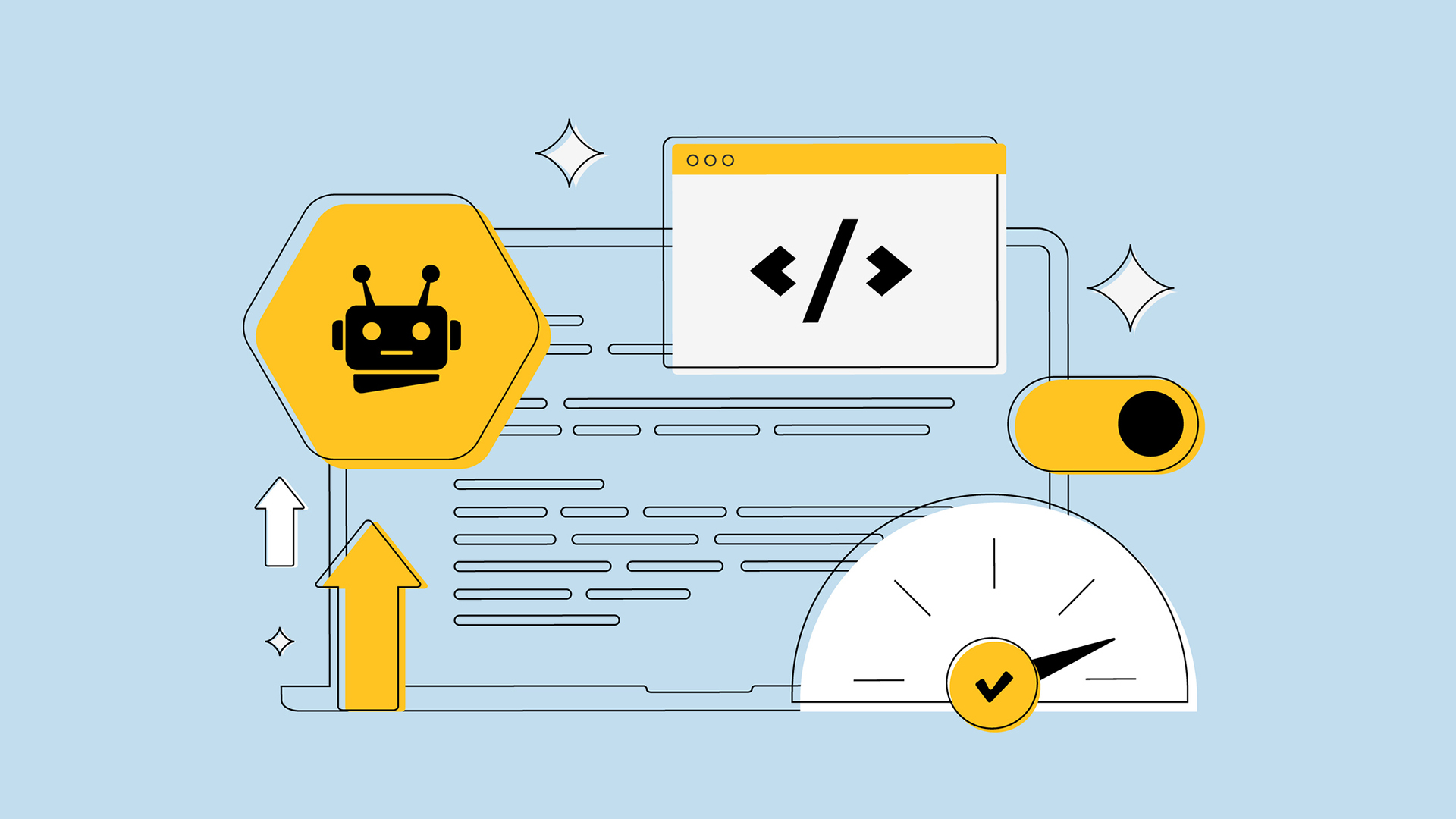The NFT bubble bursting means a brighter future for crypto assets
Sales slump as the market decides “no one wants a gorilla with a hat on”, but the downturn might give rise to a much brighter future for NFTs

It was only a few months ago that non-fungible tokens (NFTs) were the hottest trend in tech. Celebrities from Paris Hilton to Snoop Dogg were cashing in, and tech visionaries were imagining how the metaverse could be built on the back of them. Now it appears – like tulips and Beanie Babies before them – the hype train may have hit the buffers.
According to the Block, a site that compiles NFT data, weekly NFT trading volume fell dramatically from a high of $1.12 billion last May to a much more sluggish $53.28 million in mid-August. Similarly, weekly NFT sales have fallen from almost a million per week at the end of last year, to around 280,000. This trend has only continued since.
The downturn can also be seen in the behaviour of cryptocurrency firms. OpenSea, the largest NFT marketplace, has announced that it is laying off 20% of its staff in response to what CEO Devin Finzer calls the “crypto winter”. In June, Coinbase, the best-known crypto platform, laid off 1,100 staff. We only need a glimpse at the chaos happening in the crypto markets right now to know there’s probably no coming back from this.
The NFT downturn, too, might explain why the UK government has gone awfully quiet on the NFTs that then chancellor Rishi Sunak ordered the Royal Mint to produce this summer. Nothing more has been officially announced about that project since April, at the time of writing, and the government doesn’t seem too keen to talk about it. The Treasury recently declined to answer a Freedom of Information (FOI) request from the Huffington Post about how much it was spending on NFTs, telling the site the plans were still “under development” and that ministers “need space” to refine the offering.
Nobody’s interested in buying NFTs anymore
“I started last July [2021], and you could have sold a picture of anything,” says Mark Shaw, an NFT investor and enthusiast. “The market was crazy. The money was rolling in, everyone was buying, flipping, and selling.”
He describes how, at the market’s peak, he was buying between three and five NFTs every day, and selling them the next day, doubling his money – or even more. “We all dived in believing it was a never-ending money-making machine,” says Shaw. “It was always going to go up. You buy [into] a quality project, if you could find one, [and] it was just going to make you money forever, it was always going to go up.”
The downturn has revealed a different side to the NFT community. “People would say, ‘Oh, I love the artwork; I love the community; I love all that stuff’. No, they didn't. They just like making money. And when you can't make any money, no one's interested in buying another donkey with a pair of sunglasses on.”
Sign up today and you will receive a free copy of our Future Focus 2025 report - the leading guidance on AI, cybersecurity and other IT challenges as per 700+ senior executives
Shaw first noticed signs of trouble in October last year when, at the height of the market, the transaction fees to ‘mint’ new NFTs – known as ‘gas’ fees – went from around $5-10 to as much as $150. This is when he believes things started to turn.
“The fees went up dramatically – ridiculously high – and that started to put a bit of a kibosh on [transactions], because who's going to buy an NFT for $20, when the cost of [transactions] is $200?”
With the more recent downturn, ‘gas’ prices have fallen again, but Shaw still sees an ominous sign. “Now the gas fees are $5-15 and, still, no one's hardly buying them,” he says.
A brighter future for NFTs
It isn’t only the fees, though. Shaw attributes the downturn to two other major factors: the broader bleak economic picture, which he believes is leading NFT owners to cash out to pay their bills, and the reality of the NFT space being riddled with hackers and scammers.
“Every day, I read about people getting hacked, they’re clicking on links, losing all their NFTs, losing all their money,” says Shaw. “People don't really understand this is not putting your money into the Nationwide. This is completely unregulated. One click of a wrong thing, you lose it all. There is no comeback. There's no one to get it back. There's no help desk, there's no ombudsman, there's nothing.”
RELATED RESOURCE

The Total Economic Impact™ Of Turbonomic Application Resource Management
Business benefits and cost savings enabled by IBM Turbonomic Application Resource Management
He argues there should be more training and education in the space to teach NFT owners how to manage their assets safely. “I think the other thing that needs to happen is [better] security,” he adds. “I don't understand why everything NFT has to be anonymous. We're not selling sex, drugs, and rock and roll – you're selling a JPEG of a monkey.”
He does, nevertheless, remain optimistic about the future of NFTs as a technology, and argues there could still be a future for serious artists selling NFTs of high-quality works. He points to a recent NFT release by Damien Hurst as a positive sign. “We need to get back to people loving the art, not loving the fact they can 3x in five hours,” says Shaw.
“For the last year, you basically had pictures of animals wearing scarves, sunglasses and hats,” he says. “I think that's run out of steam. No one wants a gorilla with a hat on.”
-
 Marc Benioff says hiring in software engineering is ‘mostly flat’ at Salesforce because of AI
Marc Benioff says hiring in software engineering is ‘mostly flat’ at Salesforce because of AINews Salesforce CEO Marc Benioff has revealed hiring for software engineering has dipped as a result of AI, but the CRM giant is ramping up recruitment in other key areas to push its agentic agenda.
-
 Are AI browsers a golden opportunity or cybersecurity nightmare?
Are AI browsers a golden opportunity or cybersecurity nightmare?In-depth AI browsers are on the rise despite the concrete risks associated with using them